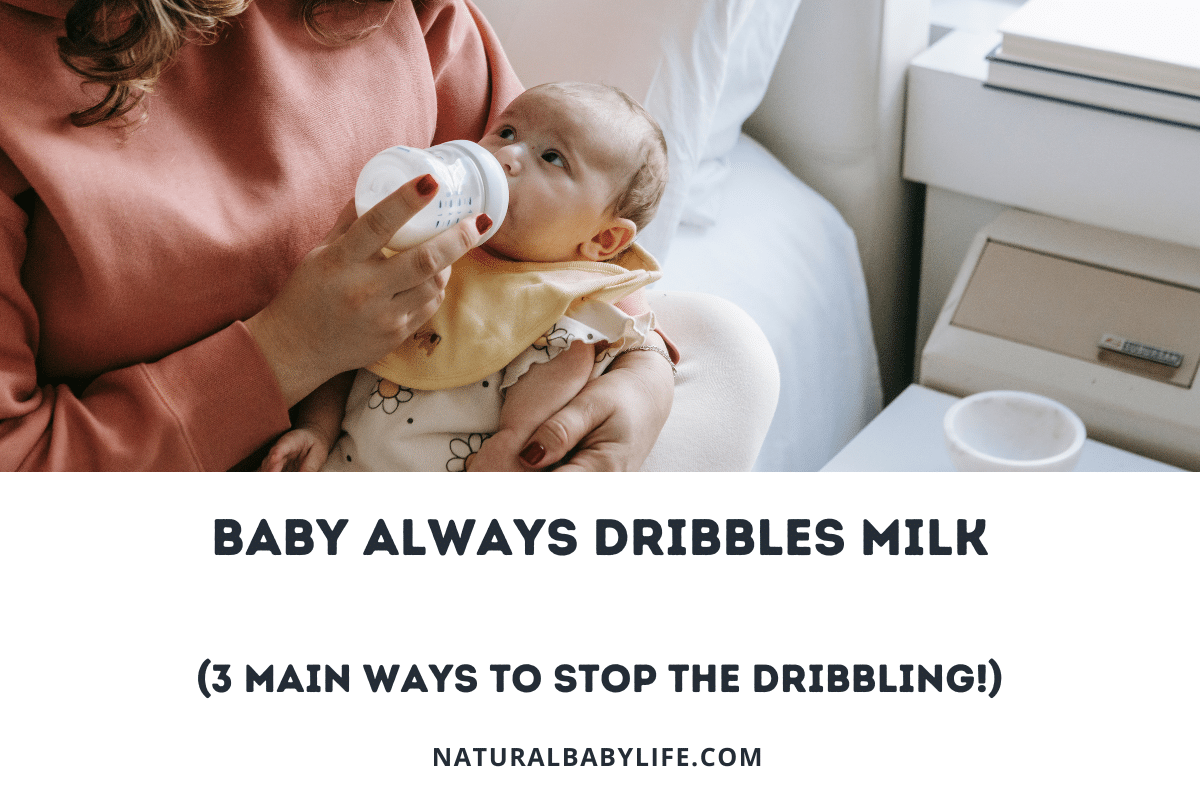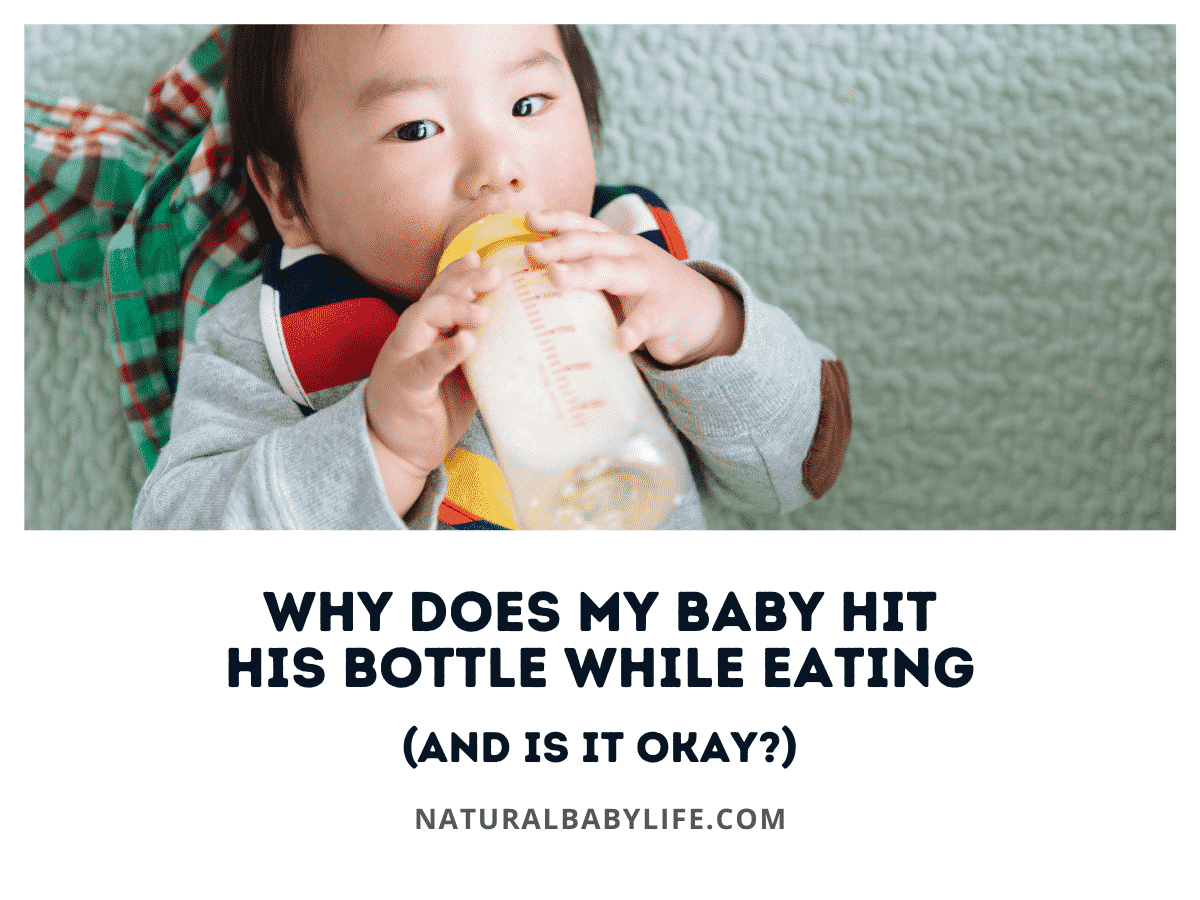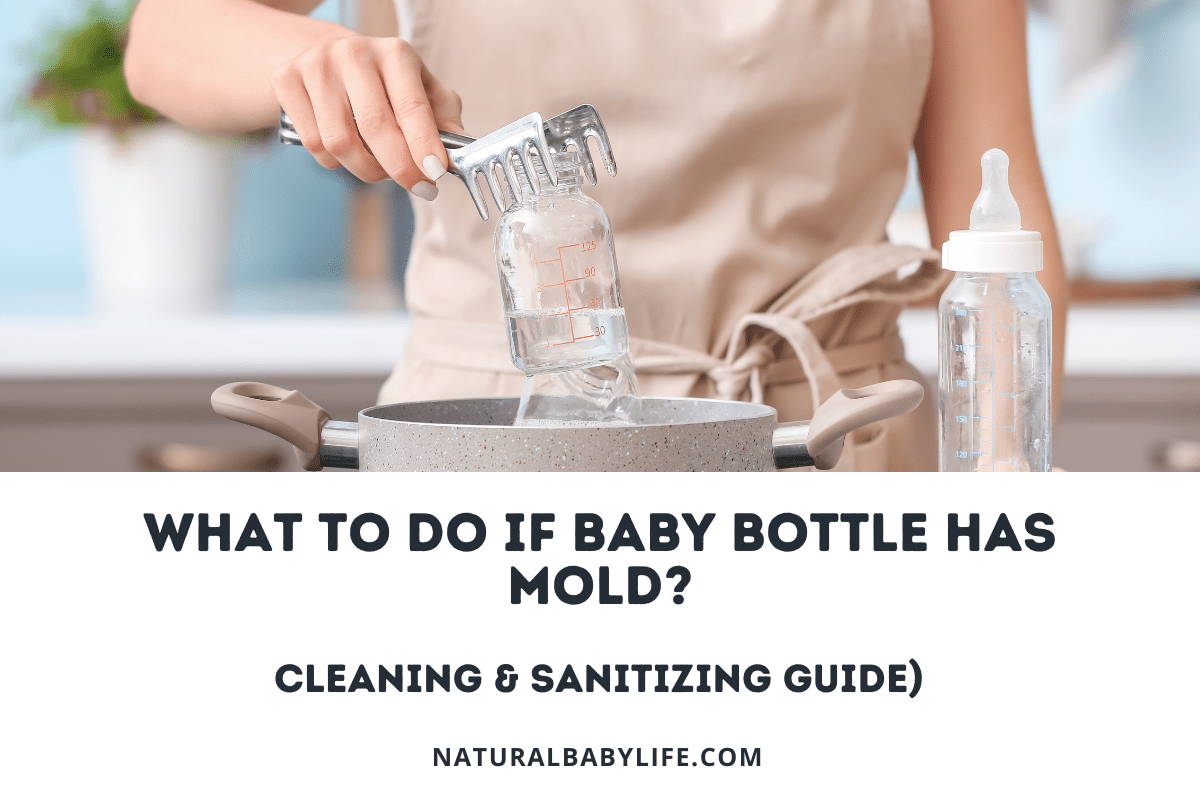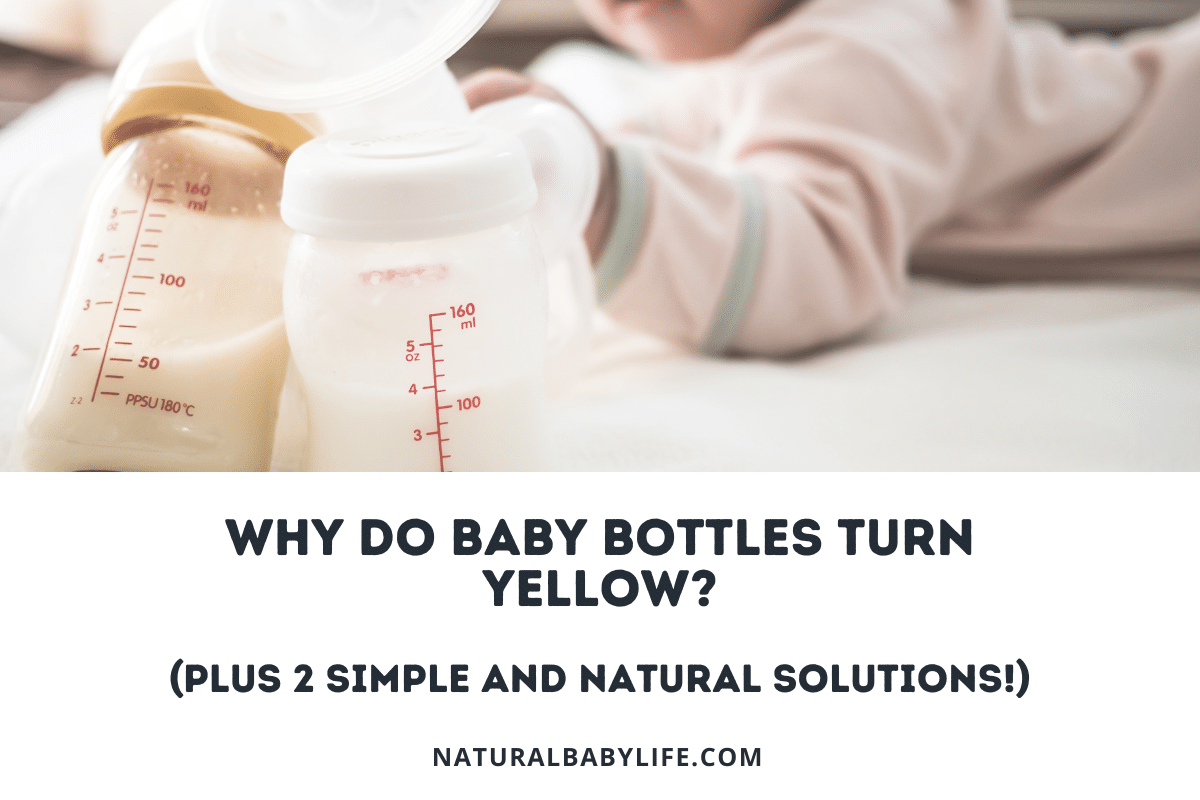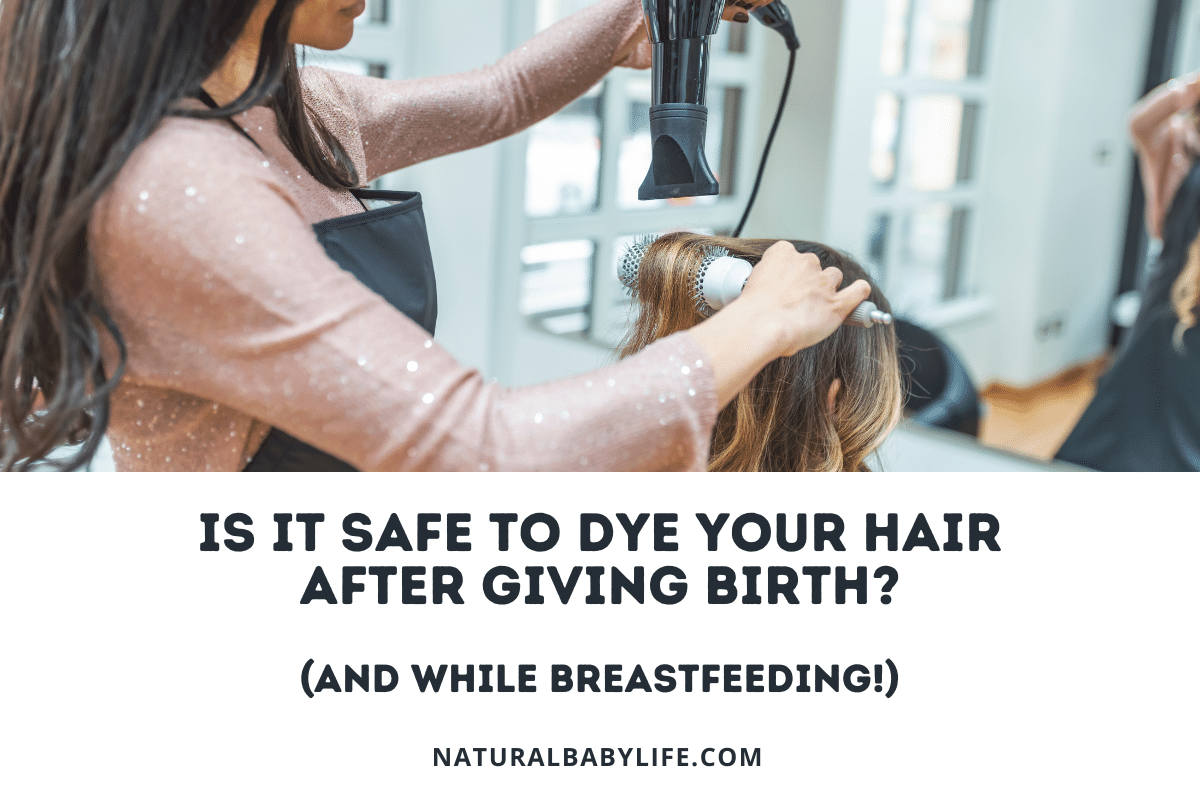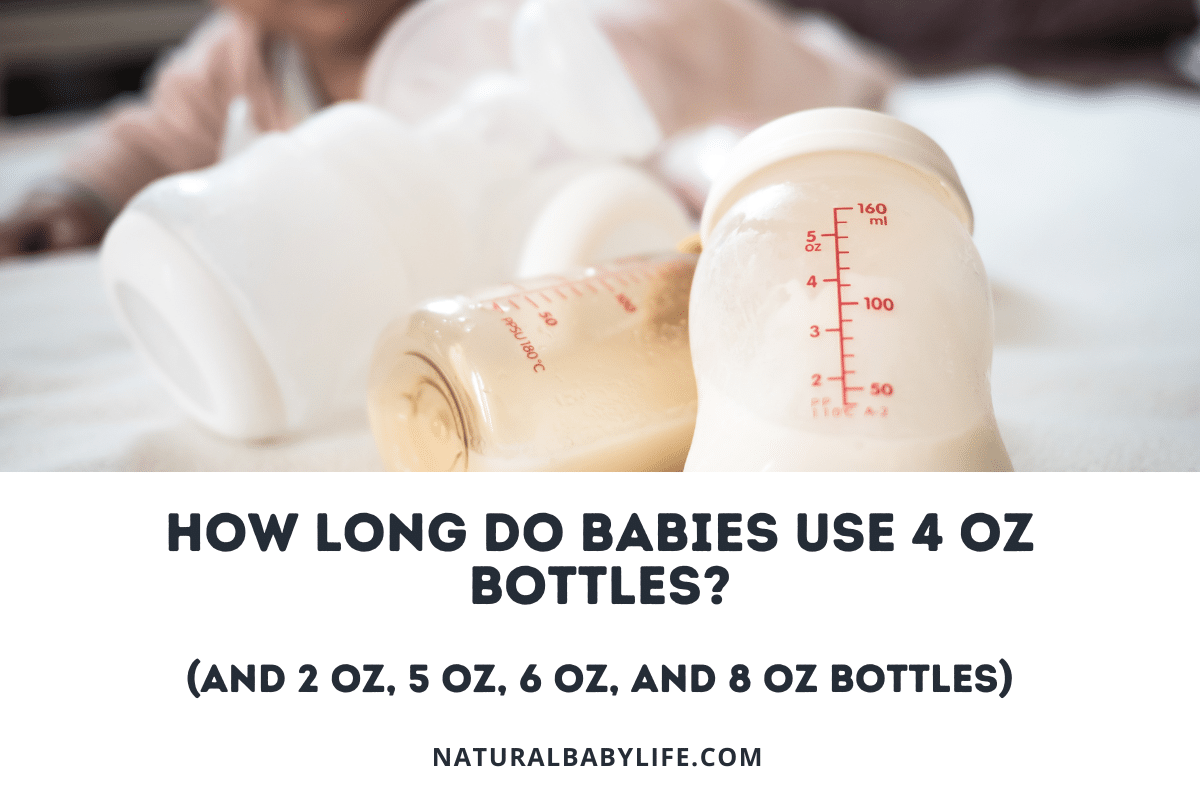Babies are constantly learning and growing in every aspect of their lives – including in basic skills such as eating. While most babies can hold down breastmilk or formula immediately after birth, some little ones seem to always lose their milk out the side of their mouth as they’re eating. If your baby always dribbles milk, you might wonder what’s causing it.
Although your baby’s dribbling milk can be caused by conditions such as tongue-tie or problems with the nipple size you’re using, some babies who dribble milk are simply messy eaters. If your little one is growing well and producing enough wet diapers then milk dribbling shouldn’t be a concern.
If your baby seems constantly hungry and still dribbles most of their meal while eating, there may be a problem. Keep reading to learn about the most common reasons for babies to dribble milk and tips on how to help.

Table of Contents
Baby always dribbles milk when feeding
It can be a real pain if your baby always dribbles milk all over the place. Not only are you worried that your precious little one might not be getting enough to eat, but you’re having to manage the piles of milk-soaked laundry. If your child has been dribbling milk for weeks, you may even begin to worry that there might be something wrong.
While some babies are just messy eaters, there can also be underlying issues at play that cause milk dribbling. A tongue-tie is one of the possible issues and results in restricted tongue mobility. This complication can make it hard for a baby to form a proper latch on the breast or bottle. Another common problem is the speed at which babies are given milk.
In breastfed babies, mothers with an oversupply of milk may be producing more than their baby can swallow at any given time. In bottle-fed babies, a large nipple size might be flooding the baby’s mouth with too much milk.
If your baby constantly dribbles large amounts of milk when feeding (whether they’re breast or bottle-fed), you may want to consult with their pediatrician or a lactation consultant to see if your child might have a tongue-tie. If their mouth anatomy seems normal, then it might be worth switching up feeding methods by trying new nursing positions or switching nipples if bottle feeding.
Overall, when there is an issue, the main causes of baby always dribbling milk are:
- Tongue-tie or lip-tie
- Oversupply
- Milk flow from a bottle that’s too fast
- Incorrect positioning or nipple size
It’s also possible that there’s nothing wrong and your baby will grow out of it, but you’ll want to look into these possibilities, especially if your baby isn’t getting enough milk.
Is my baby getting enough milk?
One of the biggest worries with milk-dribbling babies is that they might not be swallowing enough food. It can be particularly difficult to tell how much milk your little one is drinking if you’re breastfeeding.
Generally, if your baby seems content after eating and is gaining weight as predicted, they’re eating enough. In contrast, if your baby seems extra sleepy and isn’t gaining weight as expected, they might not be getting enough milk. Let’s take a closer look at what signs you should look out for.
Signs that baby is getting enough milk
If your baby appears to be growing and developing fine, then it’s likely not a problem if they’re also dribbling milk.
If your baby is getting enough milk, they may:
- Nurse or eat frequently and on a consistent schedule
- Seem content and happy after eating
- Gain approximately 5.5-8.5 ounces of weight per week until 4 months of age
- Clearly swallow while breastfeeding, or empty a bottle
- Fill diapers with light-colored urine on a consistent schedule
- Appear alert and active, and meet developmental milestones
While it can be frustrating to lose so much breastmilk or formula (not to mention deal with the additional laundry), it should be comforting to know that your little one is still happy and healthy.
Signs that baby isn’t getting enough milk
If your baby isn’t swallowing enough milk, they may:
- Seem extra sleepy or even lethargic
- Sleep more than 4 hours at a time
- Take a very brief or very long time nursing or working at a bottle
- Consistently fall asleep while feeding
- Have a shallow or painful latch while nursing
- Gain less weight than expected (5.5-8.5 ounces per week is normal)
- Have dark urine or dry diapers
If your child doesn’t seem to be getting enough milk, it’s important to consult with a pediatrician or lactation consultant right away. If you’re ever concerned about your baby, trust your instincts and seek medical care.
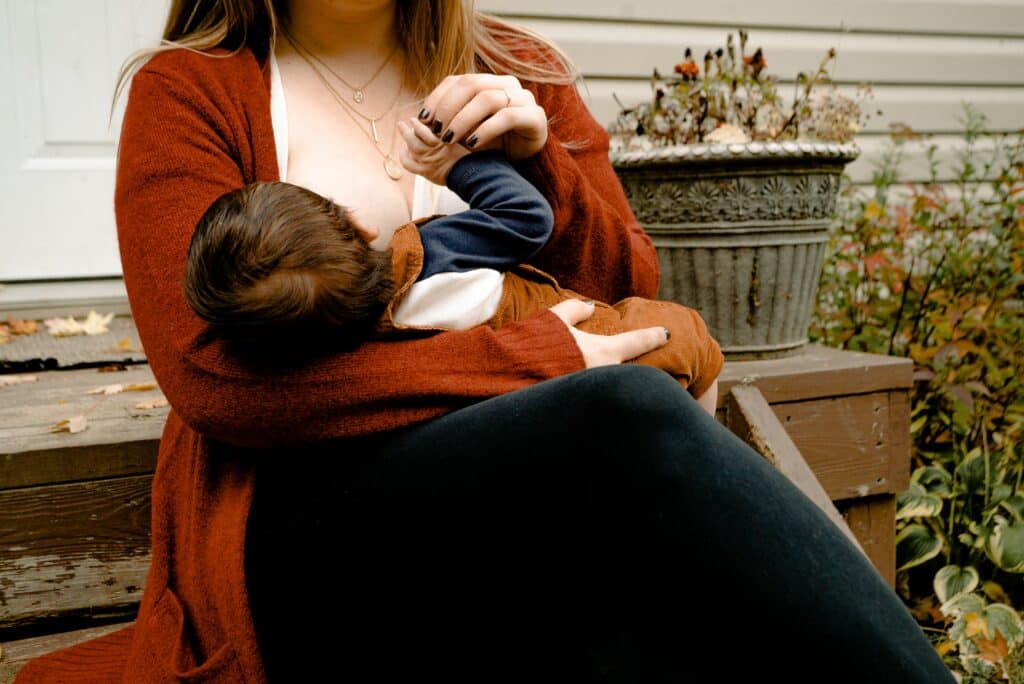
Breastfed baby always dribbles milk when nursing
When breastfed babies dribble milk while nursing, there are two main culprits: tongue-tie and oversupply.
Tongue-tie affects your baby, essentially restricting the mobility of their tongue so that it’s hard for them to get a good latch on the breast (hence, the leaking milk).
Oversupply occurs in the mother when she produces more milk than her baby needs, leading to her baby spluttering, gasping, and dribbling milk.
Tongue-tie
Tongue-tie, or ankyloglossia, occurs when the lingual frenulum (the part of the mouth that anchors the tongue to the mouth floor) is extra tight or short.
Though it may not seem like a big deal, a tongue-tie can restrict tongue mobility and be of particular concern in babies. Breastfeeding requires careful coordination of a baby’s mouth muscles in order to latch, suck, and swallow effectively, and tongue-tie can hamper that motion, leading to difficulty latching and/or swallowing quick-flowing breast milk.
A baby with a tongue-tie will likely dribble milk while attempting to feed, an occurrence that can be uncomfortable for both baby and mother. While it is possible for babies with tongue-tie to breastfeed, they may experience more difficulty with the process than they might otherwise.
Oversupply
‘Oversupply’ refers to an overabundance of breast milk produced by a mother – much more milk than her baby needs.
Too much of a good thing can be a bad thing, and having extra breast milk doesn’t actually mean a better-fed baby. Instead, the flow of breast milk can be hard for the little one to process. It can be a bit like drinking from a firehose for the baby and can lead to difficulties with nursing.
Some signs of oversupply include:
- Baby may cough, choke, or splutter while nursing
- Baby may be restless during feeding
- Feedings may be short and frequent
- Mother might have a strong, forceful milk release
- Mother’s breasts might always feel full, or refill quickly after a feeding
- Frequent plugged ducts or mastitis
- Baby may ‘dribble’ milk while eating
Baby always dribbles milk from a bottle
Babies can dribble milk from bottles just as they do while nursing and the culprits are often similar: tongue-tie and extra milk flow.
Tongue-tie
Tongue-tie, or ankyloglossia, occurs when the lingual frenulum (the membrane that secures the tongue to the bottom of the mouth) is too tight or short.
Tongue-tie can restrict tongue mobility, which can make it difficult for a baby to master the complex action of drinking from a bottle. A baby with a tongue-tie may dribble milk while feeding.
Milk flow is too fast/strong
While bottles can be a convenient way for babies to eat, they can sometimes be too convenient. Babies can only swallow so much milk or formula at a time, and if the flow out of their bottle is too fast or strong, it can cause problems.
Each bottle brand has a different speed of milk flow, which can make it tricky to tell exactly how much milk is entering your baby’s mouth per second. Additionally, each baby has a different limit for what constitutes a ‘comfortable’ speed.
Nipple too big
One way to control the milk flow in a bottle is through the nipple size.
Different brands have different variations in size, but most begin with a ‘preemie’ or ‘newborn’ level and go on up from there. There are often guidelines for when to use each size nipple, but the ranges can vary, and each child is different. A nipple that’s too big can lead to a strong flow of milk that might be too hard for your baby to keep up with.
When your baby can’t swallow all the milk that enters their mouth, the excess will dribble out the side.
Anti-colic nipple incorrectly assembled
Anti-colic nipples can work wonders by minimizing the amount of air a baby swallows while drinking, helping to reduce gassy bellies. The catch?
To keep the bottles and nipples clean, they come apart and if they aren’t reassembled correctly, then milk or formula can leak all over the place.
Some of the most popular anti-colic nipples are manufactured by:
- Phillips Avent
- Dr. Brown
- Comotomo
- NUK
- Playtex
- MAM
If you’re using an anti-colic nipple assembly, check with the manufacturer you use to ensure it’s put together correctly.

How to keep baby from dribbling milk
While some babies are just messy eaters, you don’t have to resign yourself to endless cycles of laundry just yet.
With each possible cause, there’s a possible solution. Here are the ways you can try to correct your baby’s milk dribbling:
Tongue and lip tie correction
If your baby has been diagnosed with tongue or lip-tie (thickened mouth membranes that restrict movement) you can look into a surgical correction.
While surgery isn’t always necessary, it can help improve breastfeeding, especially in cases where the baby isn’t gaining weight properly. Surgical correction can also prevent dental or speech problems later in life.
The recovery from tongue-tie surgery is relatively simple, but it does include tongue-stretching exercises that you’ll need to help your child perform. The correction for a tongue or lip-tie can be worth it if your baby is struggling to eat enough or latch properly.
Try a different nipple size or shape
Smaller bottle nipples can help reduce dribbled milk by limiting the amount of milk flowing into a baby’s mouth at one time.
A bottle nipple that’s too large is one of the most common causes of dribbled milk, so this is one of the best solutions to test out first. Also, some brands have differently shaped nipples that might work better for your messy eater.
Babies need to latch onto bottle nipples just like they do while breastfeeding, and mixing up the shape of the nipple can lead to a better latch (and fewer spills!)
If you have an anti-colic assembly, it’s also important to double-check that they’re assembled properly. The seals in the nipple should be air (and liquid) tight, otherwise, you’ll have unwanted spills.
Bottle feed baby sitting up
Drinking while lying down is just plain hard, even for babies.
If your baby is dribbling milk, try feeding them a bottle while they’re sitting up. Keeping a baby upright during feedings can also reduce gas and colic in addition to minimizing milk dribbles. This is also known as paced bottle feeding because it allows your baby to control how much milk or formula is coming out of the bottle.
Frequently Asked Questions (FAQs)
Why does my baby keep spilling milk?
Spit-up happens, especially when your baby drinks too much milk too quickly. While sometimes babies are just messy eaters, there are a number of causes that can lead to your baby always dribbling milk.
Is it normal for baby to leak milk while bottle-feeding?
Some babies are just messy eaters, but if your baby is constantly dribbling milk while bottle-feeding, the nipple might be the incorrect size or shape. You can also try feeding them in a different position.
Why is my baby not swallowing milk from bottle?
If your baby is refusing to drink from the bottle, there are many possible causes. It’s worth trying to first determine if the nipple is the wrong size or shape since this is the simplest fix. Your baby also have acid reflux that’s causing them to refuse the bottle.
Conclusion
If your baby always dribbles milk, it can be pretty messy and it can also be concerning. You might be worried that your baby isn’t getting enough milk or that something is wrong. While it’s possible that you simply have a messy baby, there are some other issues that could be the cause of constant milk dribbling.
It’s important to look for signs that your baby is eating enough and then look into the possible causes if they’re not. When in doubt, always reach out to their pediatrician for guidance.

